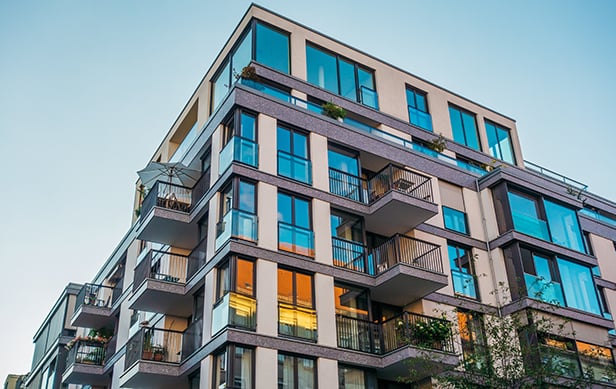SAN FRANCISCO—GlobeSt.com recently chatted with locally based John Cumbelich & Associates, a retail real estate brokerage, which has represented notable brands including Brio, Dunkin' Donuts, Pinkberry, JARED and Sport Chalet on shopping center performance in the market, retail space, occupancy rates and more. In an update to that article, we further talked with principal John Cumbelich on unanchored strips versus power centers and where class B and C occupancy is headed.
GlobeSt.com: What factors have left expanding retail and restaurant brands with an extremely short list of choices in the premium Power Center arena?
John Cumbelich: Development of new power centers has been painfully slow given the demand in the market. These are not only the results of gradual recovery process noted above, but also consequences of our site-constrained, high barriers to entry market. The entitlement and development pipeline indicate that there are projects on the horizon, but that doesn't change today's low inventory and high demand for power center space.
GlobeSt.com: How many dominant Power Centers are located in the Bay Area and how much square footage does that cover?
Cumbelich: The Bay Area has 25 dominant Power Centers scattered throughout the San Francisco Bay Area's nine counties. These nine centers account for 12.9 million square feet of best-in-class inventory.
GlobeSt.com: Why do you think occupancy rates in Power Centers are so high while Class B and Class C shopping areas have lower occupancy?
Cumbelich: One of the fundamental rules that every surviving retailer learned during the recession was that dominant projects in core markets are far better positioned to succeed in down markets than any other choice. Thus, these projects have an innate value that can't be replicated in non-core markets or with a second tier tenant mix. That said, the virtual full occupancy rate for the dominant centers noted in our study has had a positive “trickle-down effect” and forced various users to move down to class B or C centers if they wish to grow in this market.
GlobeSt.com: Why are retailers gravitating toward Power Centers?
Cumbelich: Typical power center anchors—such as Target, Kohls or Home Depot—are a major draw for shoppers and, as a result, for smaller retailers. The sheer traffic generated by the retail mix at a power center is the real appeal. These assets require less of a time commitment than a visit to an enclosed regional mall, and they have a broader offering of goods and services than grocery anchored centers. This combination of factors makes Power Centers extremely attractive for shoppers and retailers.
GlobeSt.com: What makes their value proposition superior to unanchored strip centers?
Cumbelich: Unanchored strips centers don't have that “destination” element that is inherent in power centers. The destination—or anchor—draws shoppers to the center, and unanchored strip center very simply lack a compelling draw.
Continue Reading for Free
Register and gain access to:
- Breaking commercial real estate news and analysis, on-site and via our newsletters and custom alerts
- Educational webcasts, white papers, and ebooks from industry thought leaders
- Critical coverage of the property casualty insurance and financial advisory markets on our other ALM sites, PropertyCasualty360 and ThinkAdvisor
Already have an account? Sign In Now
© 2024 ALM Global, LLC, All Rights Reserved. Request academic re-use from www.copyright.com. All other uses, submit a request to [email protected]. For more information visit Asset & Logo Licensing.








